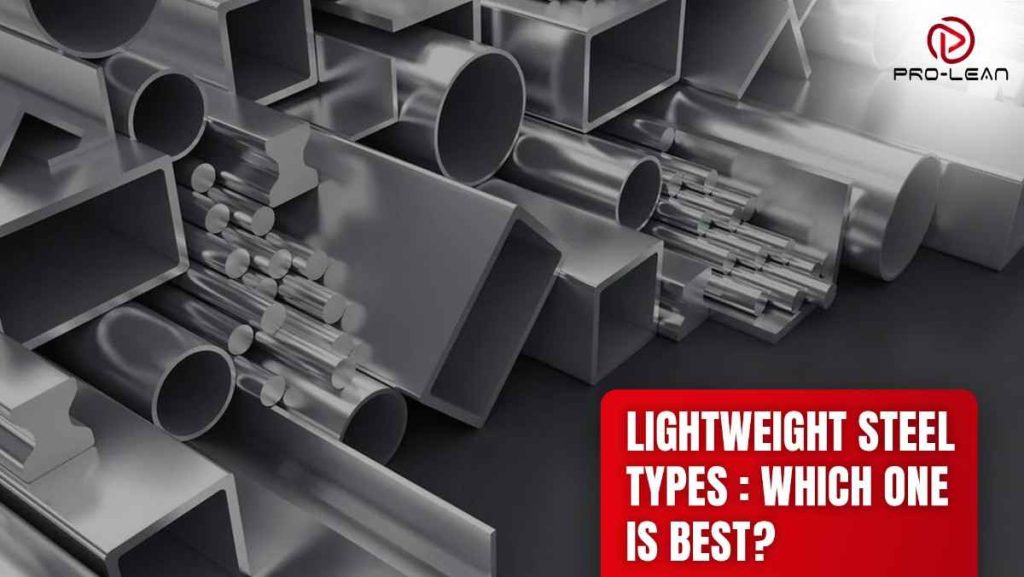
Lightweight Steel Types: Which One Is Best?
Your manufacturing project’s success depends on selecting the right material. You are struggling with the challenge of finding materials that provide both strength and weight efficiency.
Lightweight Steel and advanced alloys offer the solution you’re looking for.
The demand for modern industry pushes you to the materials that revolutionise traditional outlooks. Lightweight steel options can reduce the weight of your product by 77% while maintaining structural integrity.
Understanding these materials will change your manufacturing results if you are designing aerospace components, motor vehicle parts, or industrial devices.
At ProleanTech, we transform your material challenges into manufacturing success through our expert CNC machining and fabrication services for lightweight metals.
This guide explores your specific requirements, which helps you confidently navigate material selection while ensuring that your project meets performance requirements and budget constraints. Let’s dive in:
What Is a Lightweight Metal?
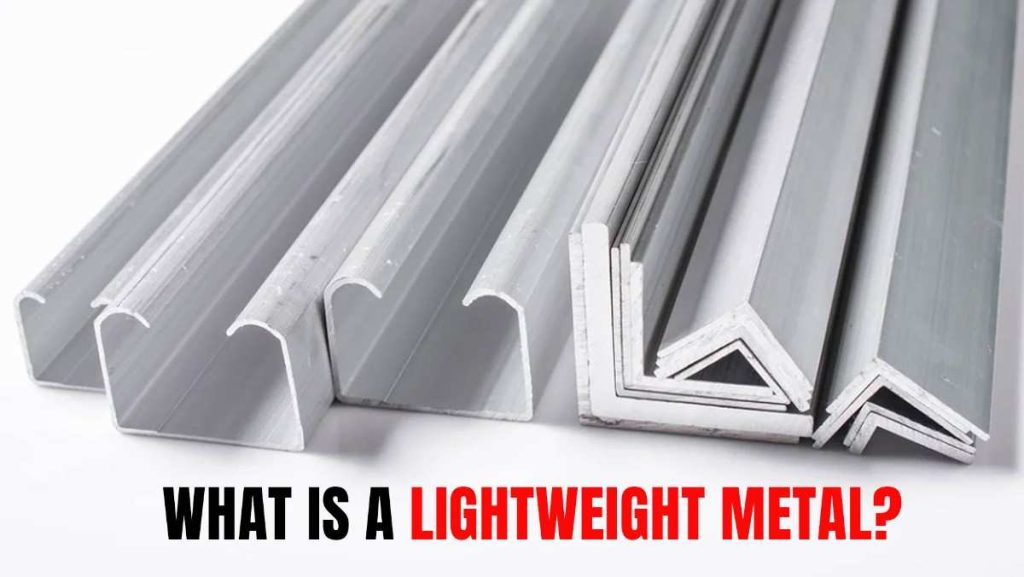
What Is a Lightweight Metal?
You need material that does not compromise your project’s performance by reducing the overall weight. Light metals solve this challenge by offering densities significantly lower than conventional steel. These materials maintain the required structural properties for your applications.
When evaluating materials, consider that lightweight metals typically have densities below 5 g/cm³. Traditional steel weighs 7.85 g/cm³, making alternatives immediately attractive for your weight-sensitive projects. The strongest lightweight material options deliver exceptional strength-to-weight ratios that transform your design possibilities.
Your engineering requirements determine the optimal option. Each material category meets the needs of a specific industry, addressing your cost and performance concerns.
Typical Lightweight Metals For Specific Requirements
The most common lightweight metals reveal options that address your specific manufacturing requirements. Each material category offers unique benefits for different industrial applications. This comparison table highlights critical properties affecting your project’s success.
| Property | Magnesium | Aluminum | Titanium |
| Density (g/cm³) | 1.74 | 2.7 | 4.5 |
| Weight vs Steel | 77% lighter | 65% lighter | 42% lighter |
| Strength-to-Weight | Good | Very Good | Excellent |
| Corrosion Resistance | Fair (with treatment) | Excellent | Outstanding |
| Cost Level | Moderate | Low | High |
| Machinability | Excellent | Excellent | Challenging |
| Primary Applications | Automotive, aerospace | General manufacturing | Aerospace, medical |
| Temperature Resistance | Good (up to 300°C) | Good (up to 200°C) | Excellent (up to 600°C) |
| Weldability | Good | Excellent | Requires special conditions |
1. Magnesium
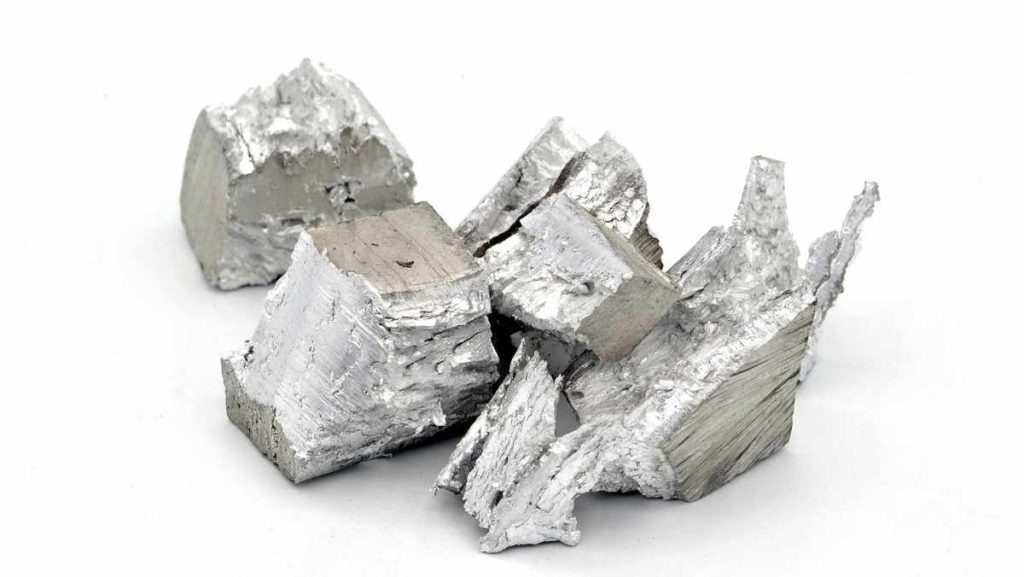
Magnesium Metal Chunks
Your weight reduction goals are achievable with magnesium, the lightest of all metals for structural applications. At 1.74 g/cm³, magnesium is 77% lighter than steel and doesn’t compromise the strength your parts need.
You’ll love magnesium’s machinability and vibration-damping properties. These solve common manufacturing problems and improve your final product performance. Automotive companies increasingly use magnesium for engine blocks and transmission cases, as it’s proven in high-stress applications.
ProleanTech understands your magnesium manufacturing needs. Our CNC Machining Services from China deliver precision parts with the tight tolerances your project requires.
Magnesium and Magnesium Alloys Production
Your manufacturing process benefits from knowing how magnesium is produced. Electrolytic and thermal reduction are the base materials. Standard alloys like AZ31, AZ61, and ZK60 have different properties to match your needs.
Temperature control during casting ensures your parts meet specifications. Die casting produces the complex shapes your design requires. Our sheet metal fabrication expertise extends to magnesium processing; you are covered for all your manufacturing needs.
2. Titanium Alloys
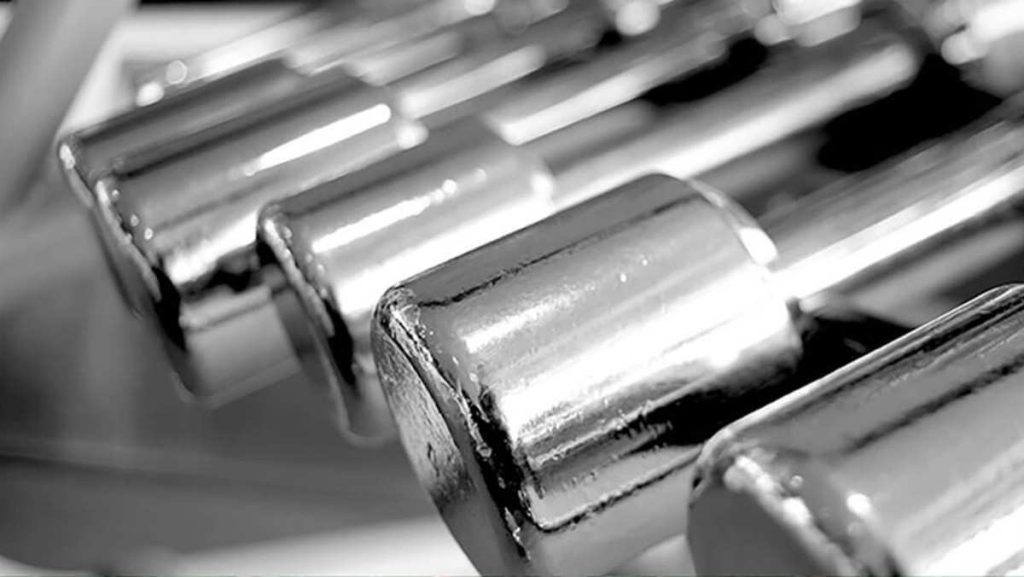
Polished Titanium Alloy Rods
You’ll find that titanium is the strongest lightweight material for demanding applications. Weight 4.5 g/cm³, titanium is 42% lighter than steel, with a better strength-to-weight ratio.
Your aerospace and medical device projects benefit from titanium’s properties. The material’s corrosion resistance addresses your environmental concerns. When your application requires maximum performance, titanium justifies the premium cost through longer life and reliability.
ProleanTech’s specialized CNC machining of Titanium & Alloys will complete your demanding projects. We take the guesswork out of titanium processing.
Titanium and Titanium Alloys Production
Your understanding of titanium production helps with project planning. Kroll process and direct reduction methods produce base materials—these strong types of metal, like Ti-6Al-4V and Ti-3Al-2.5V, for your most demanding applications.
Specialized tooling requirements affect your machining considerations. Heat treatment parameters affect your final component properties. Consult with our industry specialists to optimize your processing parameters and get your desired results.
3. Aluminum Alloys
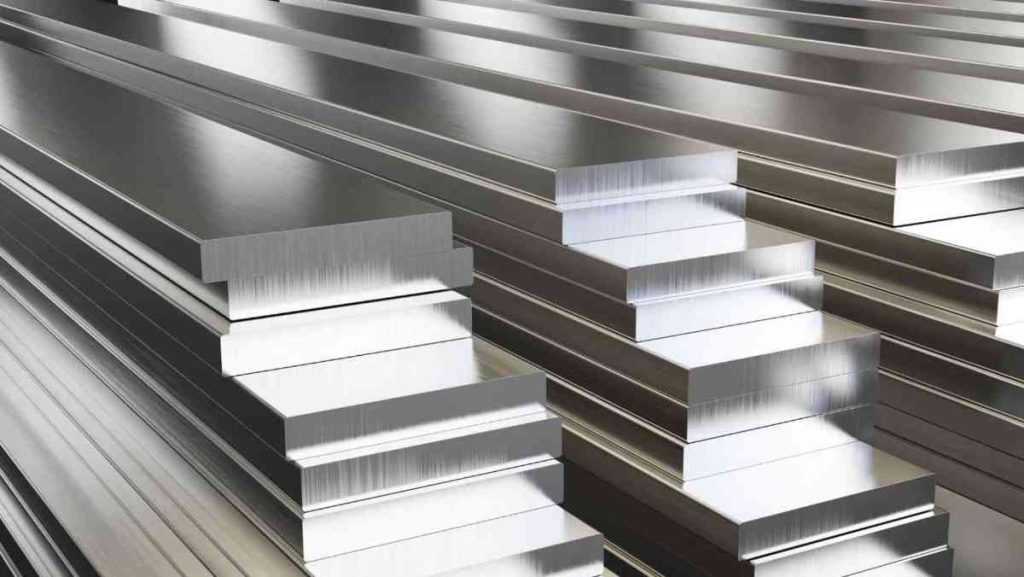
Stacked Aluminum Alloy Flat Bars
Your cost-effective, lightweight metal alloys solution often centers on aluminum. At 2.7 g/cm³, aluminum provides 65% weight savings, offering excellent corrosion resistance and thermal conductivity. These properties address various design challenges simultaneously.
Popular alloys, including 6061, 7075, and 2024, meet different strength requirements. The 7075 alloy approaches steel strength levels, making it suitable for high-performance applications. You will find the versatility of aluminum that corresponds to the various manufacturing needs.
ProleanTech’s reputation among top CNC manufacturers ensures your aluminum projects receive expert handling. Our comprehensive capabilities support your complete manufacturing requirements.
Production of Aluminum and Aluminum Alloys
Your aluminum projects benefit from understanding production processes. The Hall-Héroult electrolytic process makes base aluminum. Alloys such as copper, magnesium, silicon, and zinc modify the properties to match your specifications.
Heat treatment dramatically affects your final component characteristics. Extrusion creates complex profiles required for your designs. Our sheet metal fabrication service includes the formation, welding, and finishing processes that meet your manufacturing requirements.
Try Prolean Now!
Common Ways of Processing Light Metals
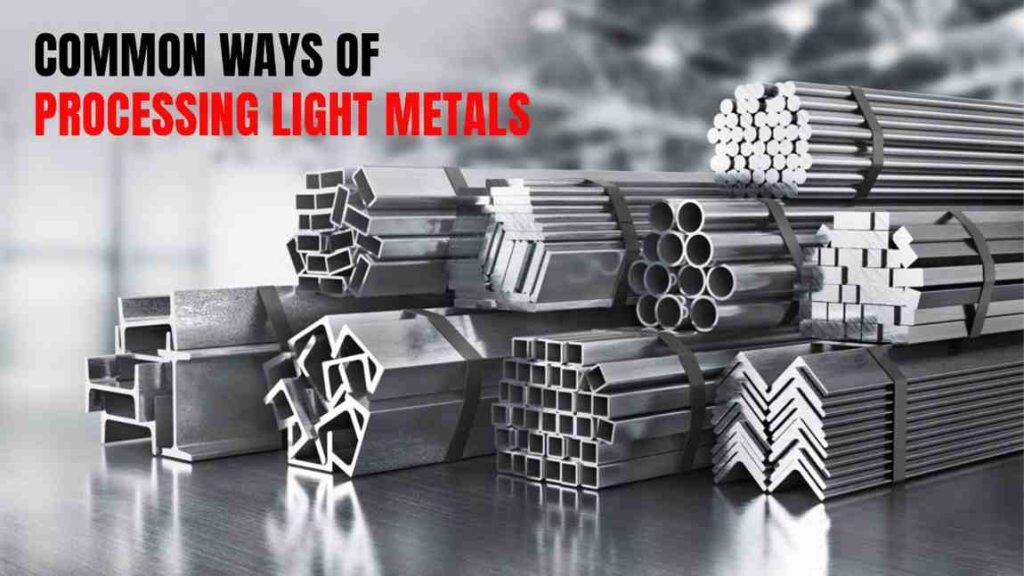
Common Ways of Processing Light Metals
Understanding processing methods ensures your lightweight metal components meet specifications and performance requirements. Each technique offers distinct advantages for different manufacturing scenarios.
1. Forming
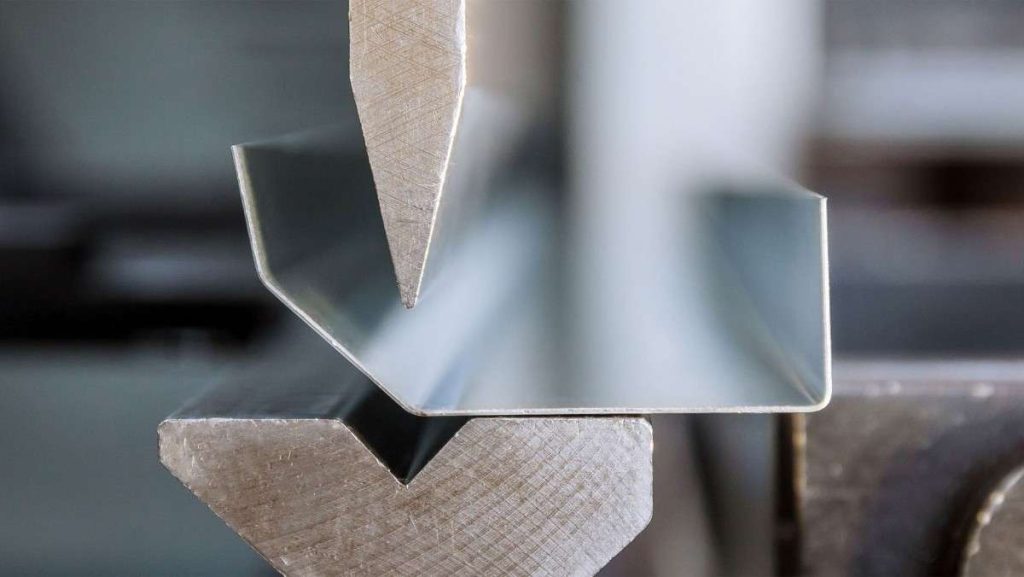
Sheet Metal Forming Process
Your aluminum and magnesium components benefit from cold forming processes. This approach preserves physical properties when giving a complex shape to the demand for your designs. Deep drawing produces spontaneous containers and housings that complete your specifications.
Hot forming effectively serves your titanium applications. Higher temperatures reduce the forming forces your equipment must generate. Superplastic forming creates intricate aerospace components that traditional methods cannot achieve.
2. Powder Processing
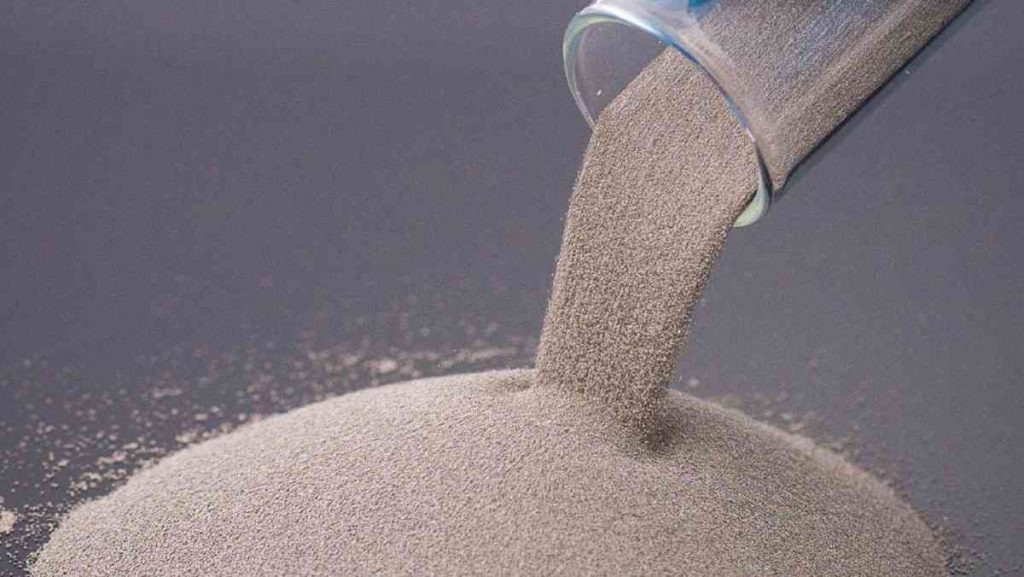
Metal Powder Processing
For your complex geometry requirements, find solutions through powder metallurgy. This process significantly reduces material waste while creating components that traditional methods cannot produce. Sintering creates dense, strong parts from metal powders.
Additive manufacturing uses metal powders to produce lightweight structures. 3D printing enables geometries impossible with conventional manufacturing. Post-processing ensures your components meet dimensional accuracy requirements.
3. Melt Processing

Metal Melt Processing in Foundry
Your near-net-shape component needs to find solutions through casting processes. Die casting efficiently attains the tight tolerances your applications require. Investment casting creates complex internal characteristics that specify your designs.
Continuous casting produces economically long sections for your structural applications. Ingot Casting provides material for your subsequent processing operations. Quality control prevents defects that compromise your final products.
4. Thermo-Mechanical Processing
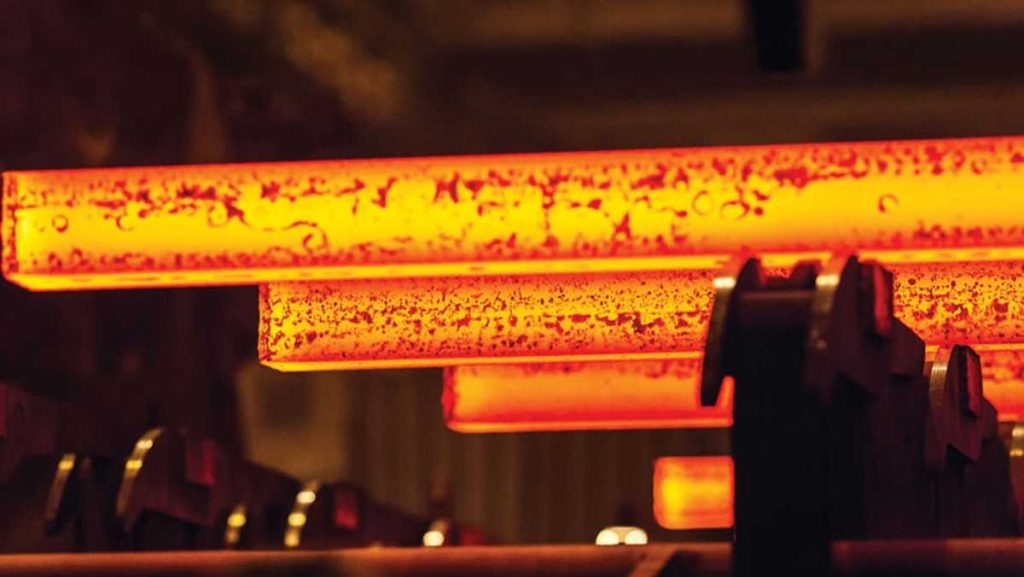
Thermo-Mechanical Processing of Hot Billets
Your components benefit from controlled rolling that combines forming with heat treatment. This process refines the grain structure by shaping the components to your specifications. The approach optimizes mechanical properties for your applications.
Forging creates components with better strength for your demanding applications. Closed-die forging produces precise shapes matching your designs. Open-die forging meets the needs of your significant structural component.
5. CNC Machining
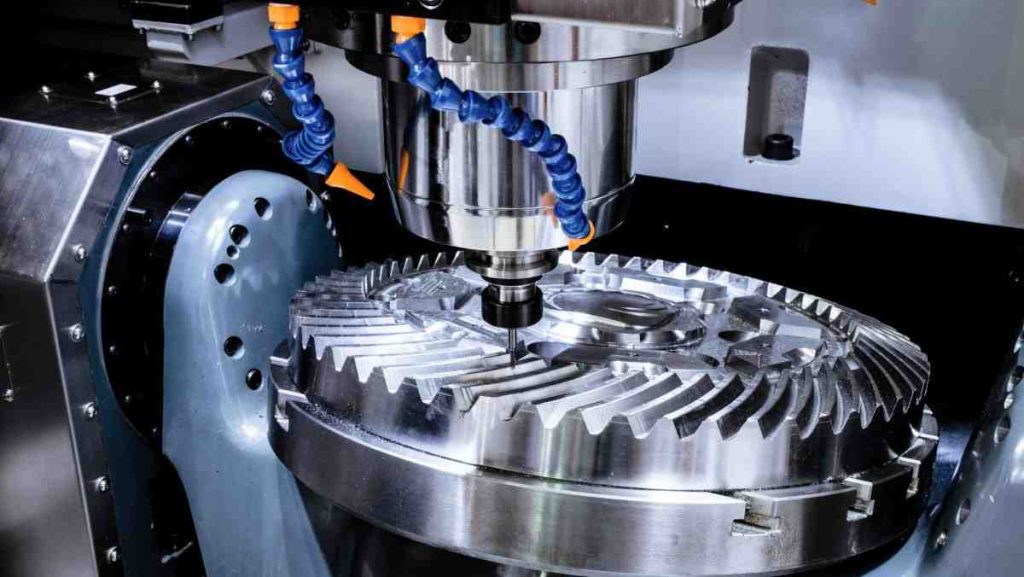
Precision CNC Machining of Gear
For your precision requirements, find solutions through modern CNC machining process capabilities. Computer control ensures the consistent quality your projects demand. Multi-axis machines create complex geometries with the precision your specifications require.
Programming requires material-specific parameters that our expertise provides. Tool selection affects the surface finish quality your applications need. Coolant systems prevent overheating that could compromise your component integrity.
Try Prolean Now!
Considerations for Choosing the Best Light Metal
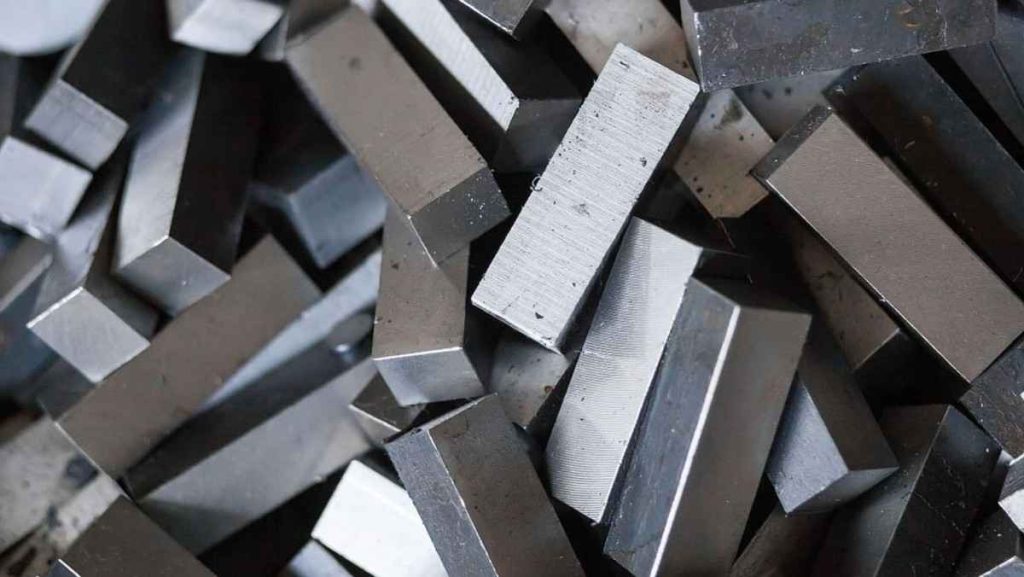
Choosing the Best Light Metal
Strategic material selection requires evaluating multiple factors that impact your project’s success. These key considerations guide your decision-making process toward optimal outcomes.
1. Examine the Material Properties
Your strength requirements mainly determine material selection decisions. Yield power, tensile strength, and fatigue resistance determine the performance capabilities of your component. Environmental conditions affecting performance should affect your choice of material.
Thermal properties greatly affect your content selection process. The coefficient of expansion affects the dimensional stability that your applications require. Thermal conductivity affects the heat dissipation that your designs must achieve.
2. Costs/Budget
The cost of your material varies greatly between available options. Aluminum usually offers the most economical option for your budget deficiency. Titanium commands premium pricing, but distributes better assets, justifying the investment.
Processing cost significantly affects your total project expenses. Complex geometric machining increases time and cost. ProleanTech provides competitive pricing without compromising the quality of demand for your projects. Contact us to get your quote for accurate pricing information tailored to your specific requirements.
Our efficient processes reduce your overall project costs while maintaining excellence.
3. Sustainability or Environmental Impact
Your long-term stability affects target material selection decisions. Aluminum is recycled efficiently with minimal energy loss, supporting your environmental purposes. Magnesium also provides good recycled capacity for your permanent manufacturing practices.
Manufacturing energy requirements vary between materials, affecting your environmental footprint. Aluminum production initially consumes significant electricity. However, recycling dramatically reduces the environmental impact of your future operations.
4. Manufacturing and Processing
Your production efficiency directly depends on the material’s machinability characteristics. Aluminum machines with standard tooling easily reduce their manufacturing complexity. Titanium requires special cutting tools and techniques that affect your processing ideas.
Methods of joining significantly affect your assembly processes. Welding works well for aluminum alloys in your construction operations. Titanium welding requires individual environmental protection, which complicates your manufacturing process.
Which Steel is Lightweight?
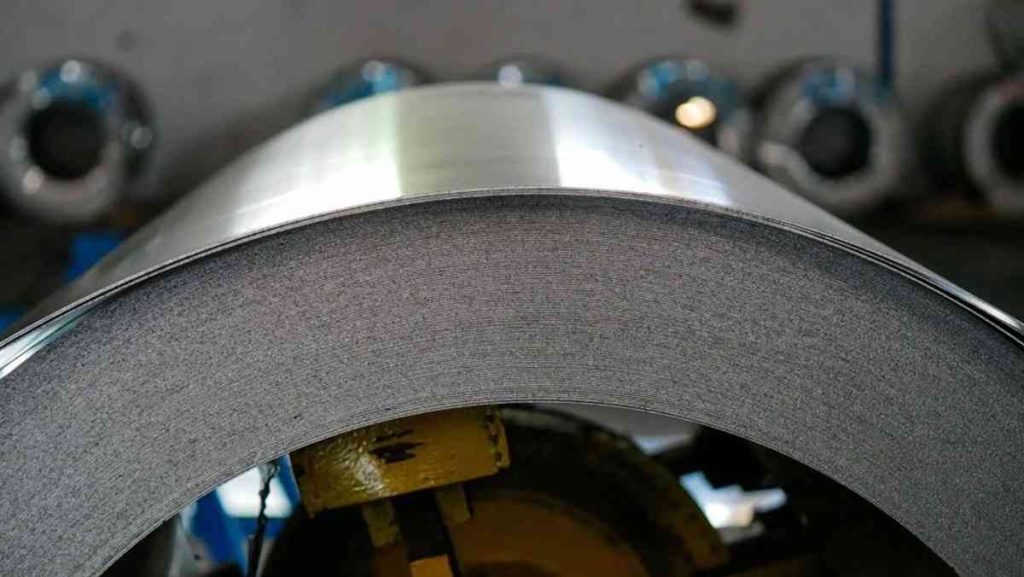
High-Strength Low-Alloy (HSLA) Steel Coil
Your lightweight steel options include High-Strength Low Alloy (HSLA), among the lightest steel types available. Advanced high-strength steels (AHS) are stronger than their weight, making them ideal for complex tasks. Dual-phase steels offer high strength and good formability, which helps in giving an easy shape during production.
These steels are lighter than regular carbon steels, which helps you cut the total weight of your parts. With microalloying, you can use thin material without losing strength, which corresponds to many applications. The auto industry receives significant benefits from these steel types, especially when trying to reduce the vehicle’s weight.
Lightweight steel is now used more in various fields to meet changing needs. The construction, transport, and manufacturing sectors are often used to promote efficiency and performance.
What Are the Top Lightest Metals?
Knowing the lightest metals helps with material selection. Ranking from lightest to heaviest makes it easier to decide:
Lithium is 0.534 g/cm³ but doesn’t have the strength your applications need. Beryllium is 1.85 g/cm³ and has excellent properties, but toxicity issues. Magnesium is 1.74 g/cm, a practical lightweight steel alternative for your structural needs.
Aluminum is 2.7 g/cm³ and is the commercial material for your industry. Scandium and titanium are for high-performance applications for your project. Each metal has specific industry requirements that your project may need.
What is the Lightest Existing Metal?
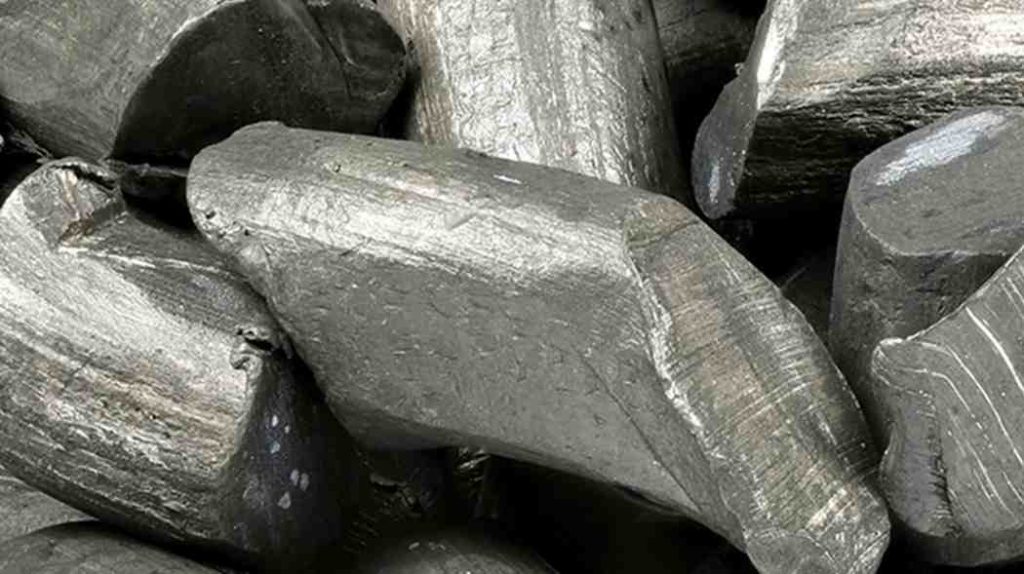
What is the Lightest Existing Metal?
Your search for the lightest metal leads to lithium at 0.534 g/cm³. But it’s too soft for the structural applications your projects require. Lithium is used in batteries and specialized alloys, not structural components.
For your structural needs, magnesium is a practical lightweight steel alternative. 1.74 g/cm³ density means significant weight savings for your project. Magnesium alloys have enough strength for many applications your industry needs.
What is the Strongest But Lightest Steel?
You’re looking for the strongest but lightest steel? Martensitic and TRIP steels deliver yield strengths over 1000 MPa and weight reduction through thinner sections. Your high-performance applications benefit from these advanced materials.
Ultra-High-Strength Steels (UHSS) take it to the next level for your demanding needs. They allow thinner sections and maintain the structural integrity that your safety-critical applications require. Automotive safety applications benefit big time from these developments.
Advanced manufacturing techniques tailor steel properties for your needs. Controlled cooling creates the optimal microstructure. Heat treatment fine-tunes mechanical properties to match your application requirements.
ProleanTech – Best for Material Selection
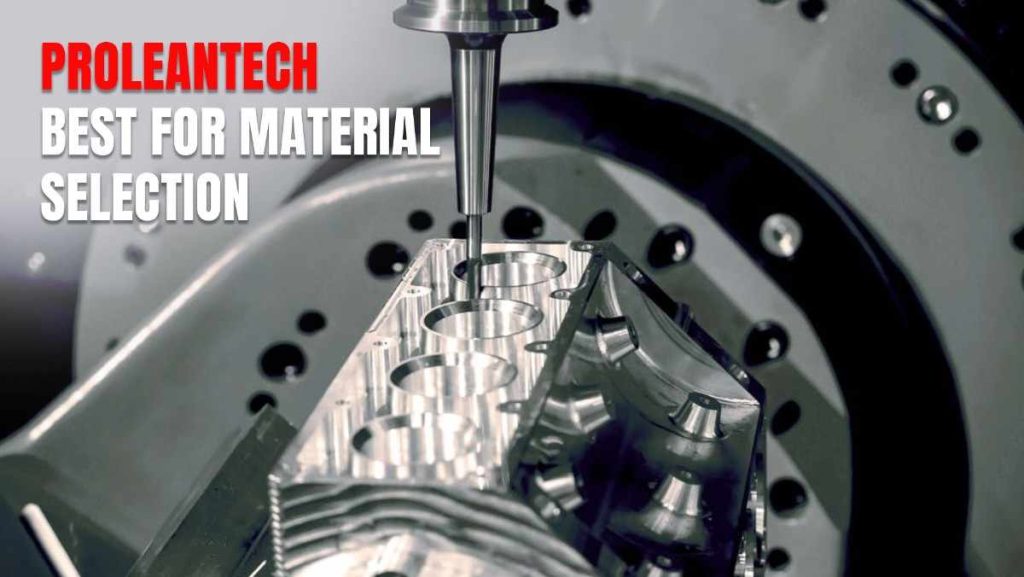
Proleantech: Best for Material Selection
Your lightweight steel and advanced materials projects need expertise that ProleanTech delivers every time. Our state-of-the-art facilities handle your diverse lightweight metal needs with precision. We maintain quality standards throughout all processes.
Our team knows the material properties that will make or break your project. We recommend the best solution for your application and ensure cost-effective manufacturing. Quality never compromises your project requirements.
We offer Materials selection guidance from concept to delivery. ProleanTech guarantees your manufacturing success.
Conclusion
Your material selection depends on many factors that impact project outcomes. Strength requirements, cost constraints, and processing capabilities all come into play. Lightweight steel and other metals each have benefits that address their challenges.
Aluminum is the best balance of cost and performance for your everyday applications. Titanium is for applications that need the highest strength-to-weight ratio that your demanding projects require. Magnesium is for applications that want minimal weight above all else.
Get Your Quote today for your lightweight metal project requirements. ProleanTech knows how to select and process your material for success. Our comprehensive services support you from concept to completion.

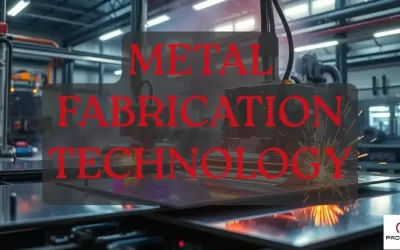
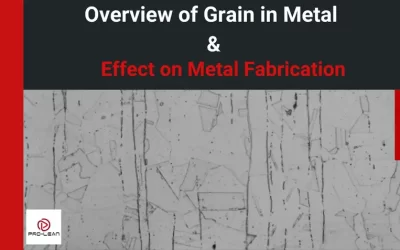
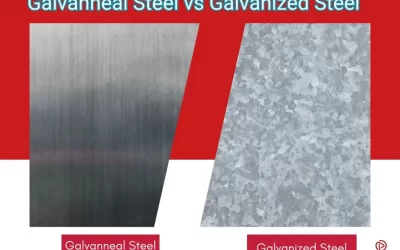
0 Comments